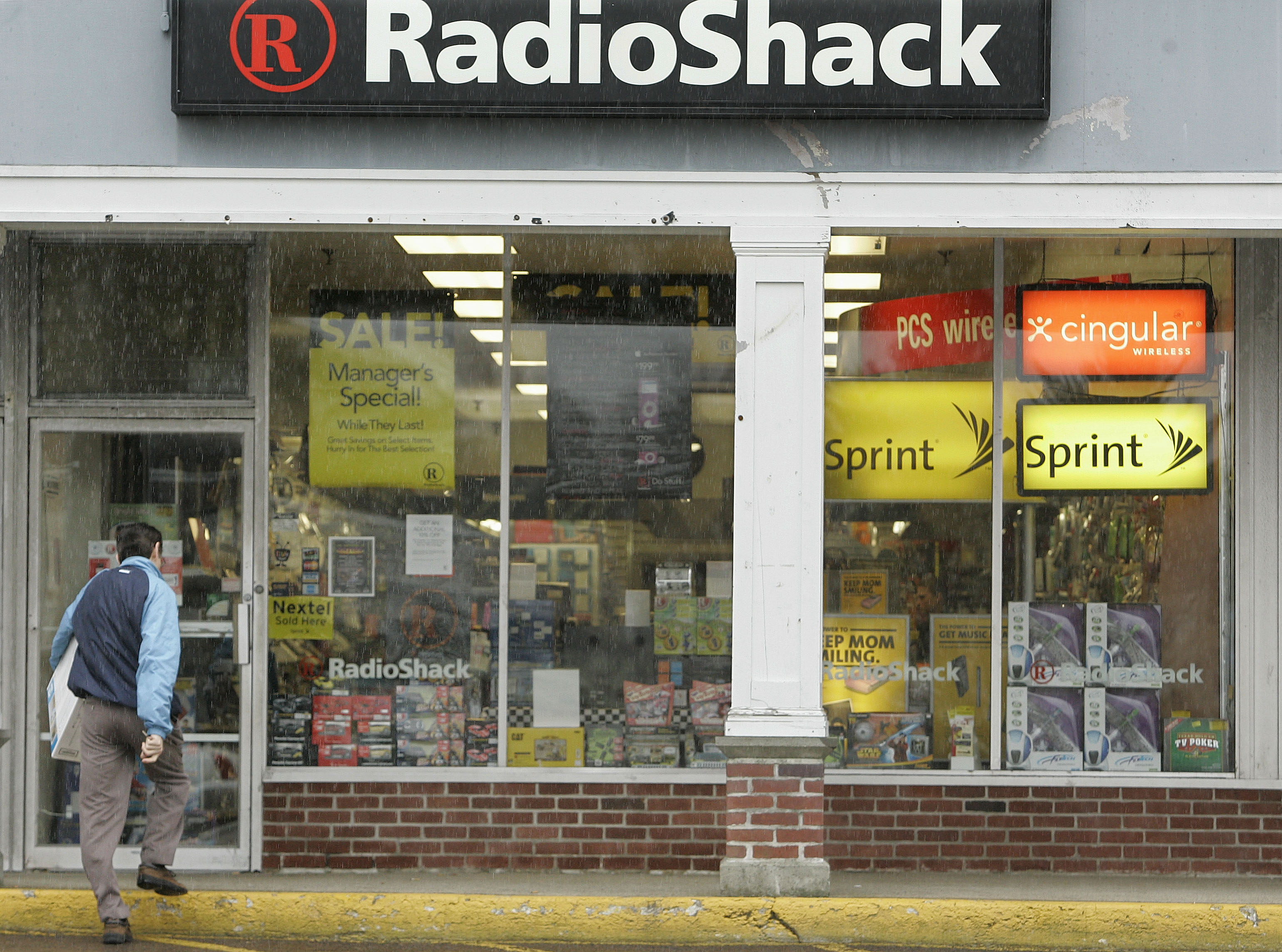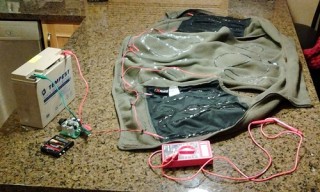
If you’re playing a game of “dead or alive” with colleagues today, you can do worse for a question than “Radio Shack.”
When the company announced today that it’s closing 1,000 stores, it took America by surprise. Many people were surprised there still are Radio Shack stores.
Don't go, Radio Shack. I may need an external Floppy Disk Drive.
— Thatbomb Peppars (@TrnGangDatabase) March 4, 2014
It’s understandable. Times change. The closings mark an end to another chapter in the book of how we change, too.
A few weeks ago, I stopped over to my friend Pete’s house in Saint Paul for some help with the wiring of a small ham radio transmitter that I intended to use to broadcast locations of my plane as I fly along.
Pete, who is much younger and certainly smarter than I am, is a tinkerer and while tinkering a few years ago, he figured out how to wire up a small GPS with the small transmitter and stick it in an airplane that he built.
It’s not new technology — “hammies” have had it in their cars for years. But Pete experimented a little bit until he perfected the application for aviation purposes.

When I stopped over to his house, he moved some things off the kitchen table he’d been working on. “This is my electric vest,” he said proudly. He wants to fly more in the winter and, perhaps you’ve heard, it’s been cold in Minnesota this year. So he took a vest and added wires inside it, figured out the proper source of power and constructed his solution with whatever he had lying around.
He’s known in our circle of aviators not only as a genius tinkerer, but also a master with a soldering iron. So he got the various electric parts I brought with me put together and programmed, while I nodded in that “of course, I know what you’re doing” way that is required of men of a certain age. I didn’t really know what he was doing.
Pete is the kind of guy who might’ve kept Radio Shack in business in earlier years. The nation was thick with kids who built Heathkit or Archerkit radios. The nation was thick with radio stations that were wired together by the people who built Heathkit or Archerkit radios as kids. They’d take perfectly fine working things apart, just to see how they worked.
There don’t seem to be many of those kids, anymore. When I took the Ham Radio Technicians Class license test in Roseville in January — I need a license to operate the tracker Pete was helping me with — I was in a room with older men who reminded me of those radio station chief engineers of my earlier career.
Granted, they were a little bit strange, perhaps a little on one side of the social scale, and smart as whips. They literally kept America connected with copper wire, rosin core solder, and the knowledge they gained by taking things apart and putting them back together again.
There aren’t many of them anymore, either.
The literature I picked up about joining a local ham radio club carried the clear message that if more people don’t become ham radio operators, the frequencies the FCC allots to them will be taken away and given to some other, probably newer, technology.
These are tinkerers who created our connected world by figuring out relatively simple laws of electromagnetic property. With only a knowledge of watts, ohms, amperes, and a little curiosity, they pushed the applications of radio communication so far and so fast — you didn’t think WiFi just happened on its own, did you? — that they became dinosaurs of their own radio age.
A few years ago — 1998, actually — the Galaxy 4 satellite spun out of its orbit and slammed our electronic world shut. Eighty percent of the nation’s beepers — the dominant emergency notification tool of the day — went silent.
It also put the distribution system of public radio out of business without a satellite. In the network control center of Minnesota Public Radio, a small group of tinkerers — I prefer to think that a couple of them at one time had built a radio from parts they bought at a local store — quickly devised a workaround to the problem. They would use the Internet and link the public radio stations to keep the signal going. It worked perfectly and the method is now a fundamental way for broadcasters to distribute content.
Radio Shack’s passing — my Woodbury store closed more than a year ago and I can’t imagine the Saint Paul store lasting much longer — is a concession to reality that there aren’t enough tinkerers left to sustain its business. Its Super Bowl ad this year mocked its own heritage and, in a way, ours.
Radio Shack was already catering to the “if it’s broke, just throw it away and buy another one” consumer.
We still tinker with software. But hardware, the very infrastructure of our wired and unwired lives? Not so much. We’re generally content if something just works.
So today, we raise our soldering irons to Radio Shack, which once inspired the generations to learn “how.”
